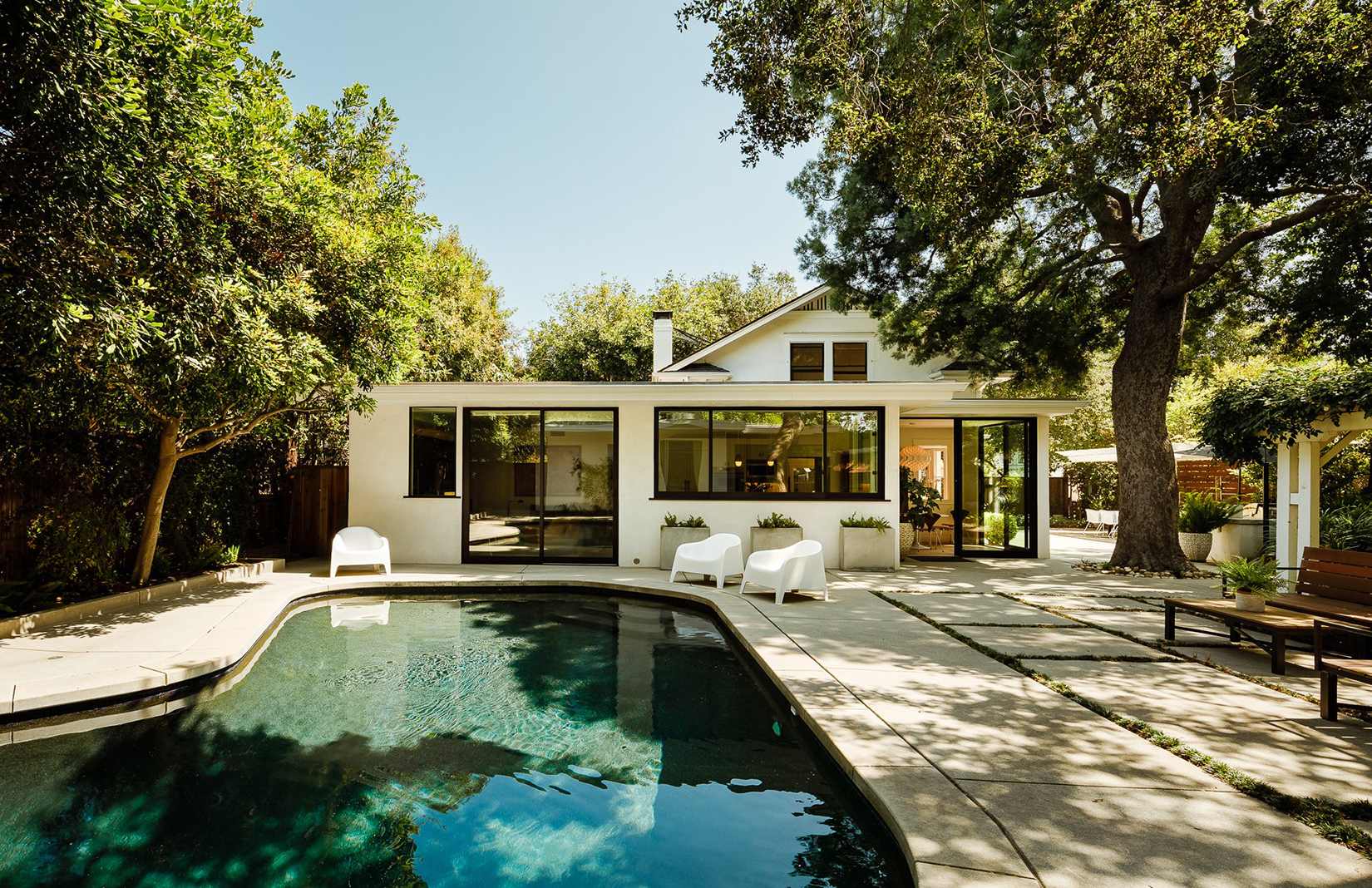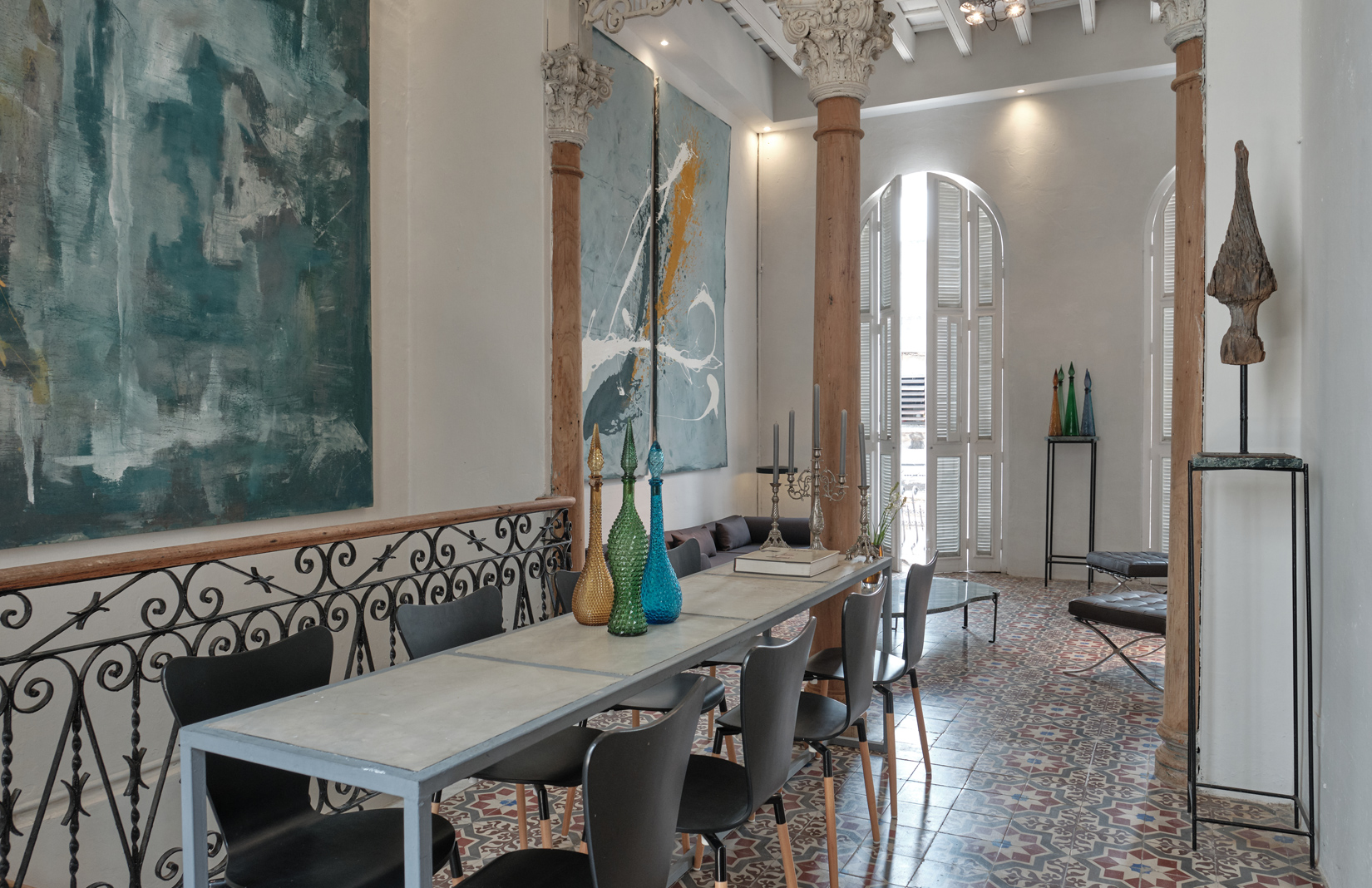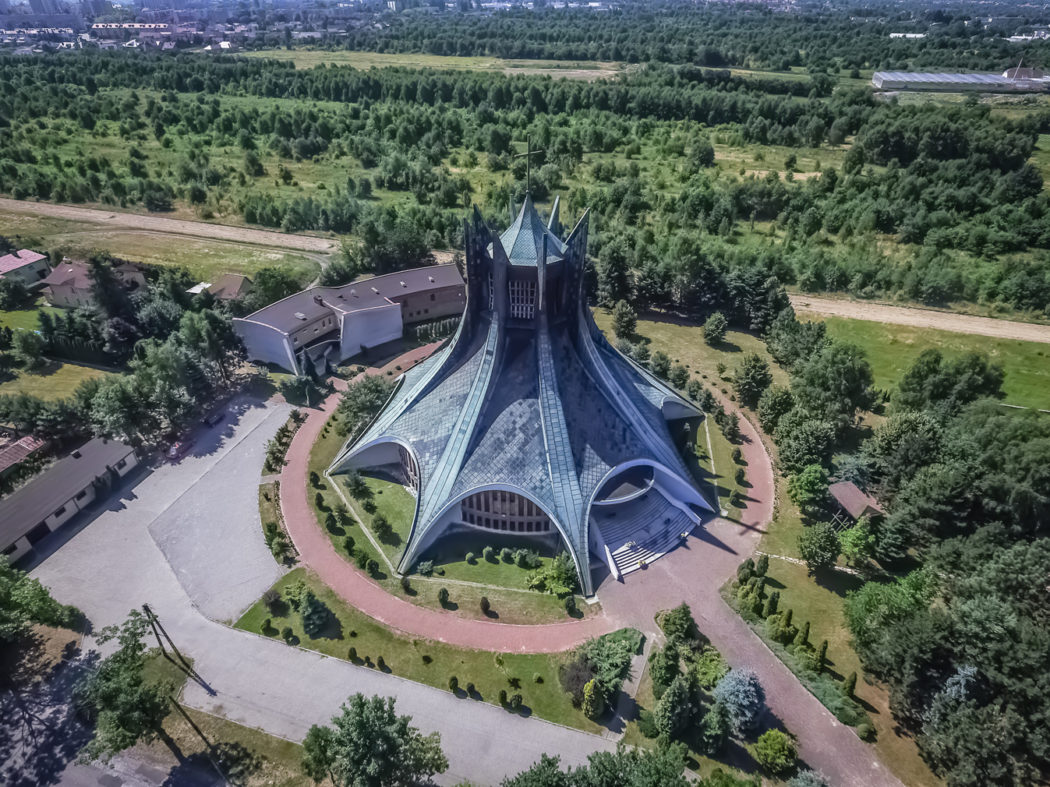
Photography: Igor Snopek
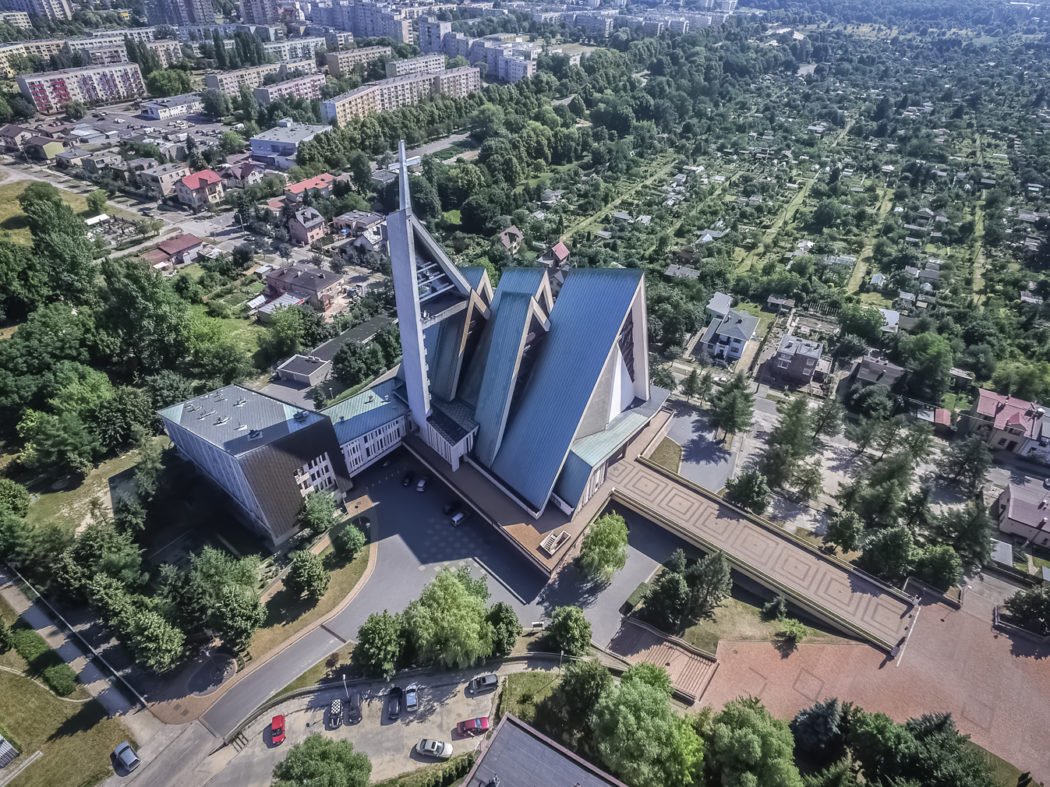
Photography: Igor Snopek
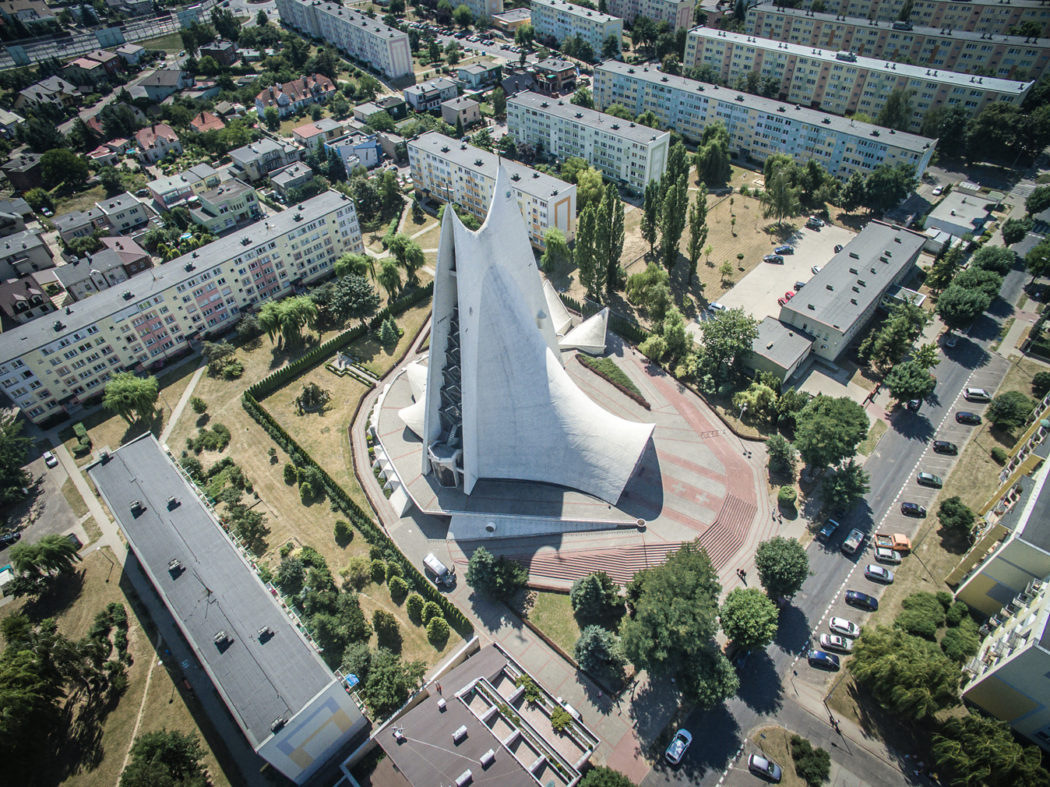
Photography: Igor Snopek
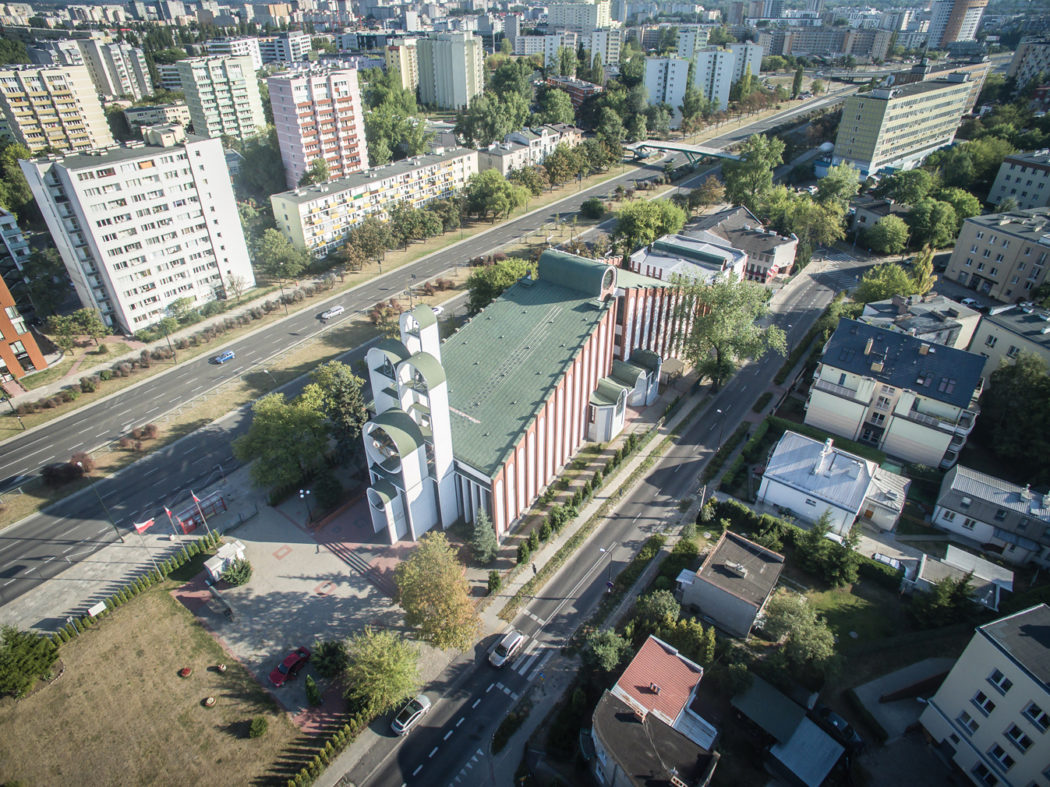
Photography: Igor Snopek

Photography: Igor Snopek
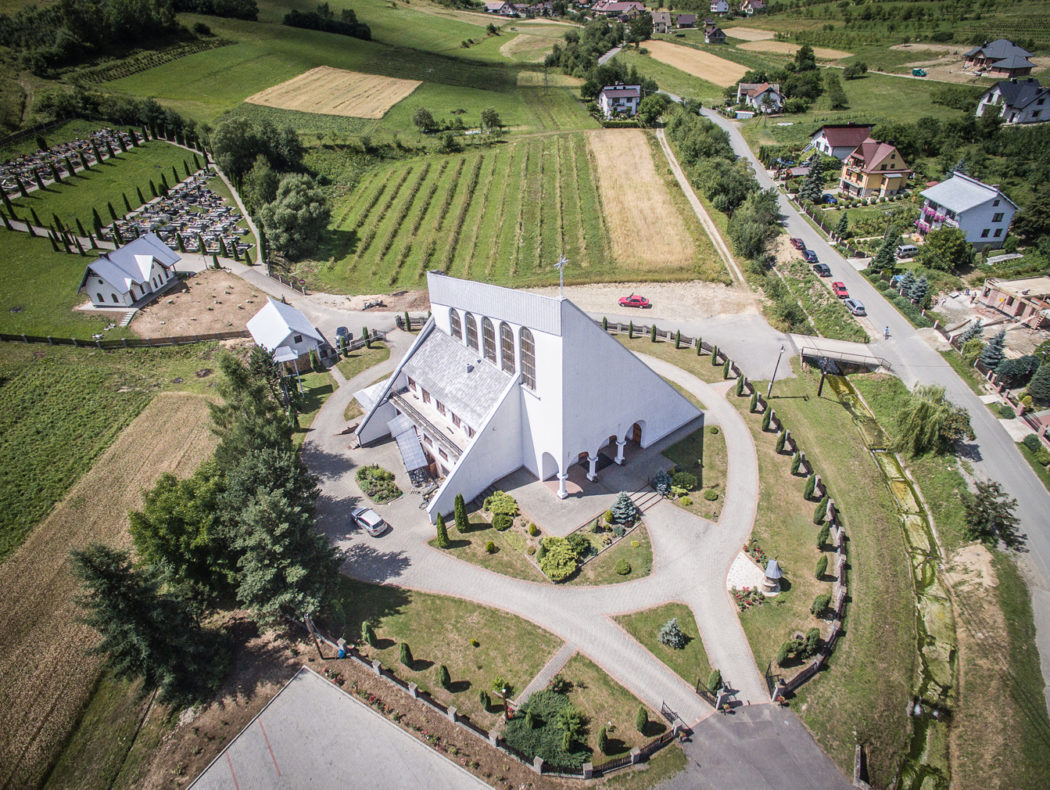
Photography: Igor Snopek
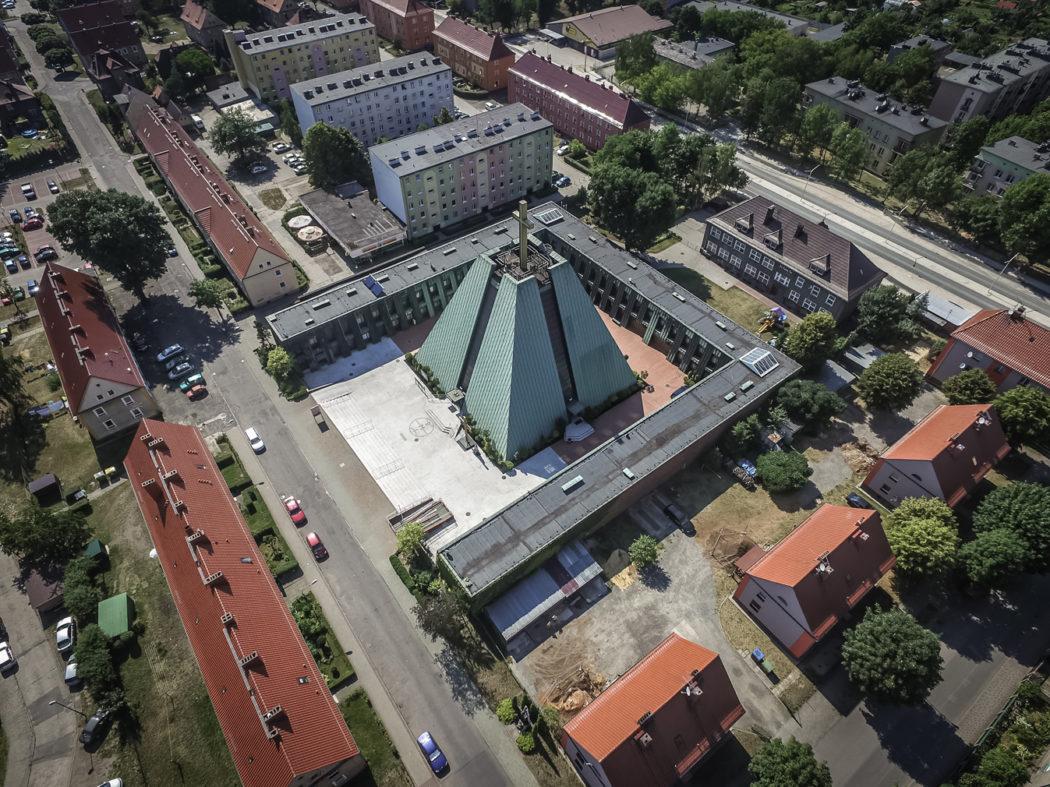
Photography: Igor Snopek
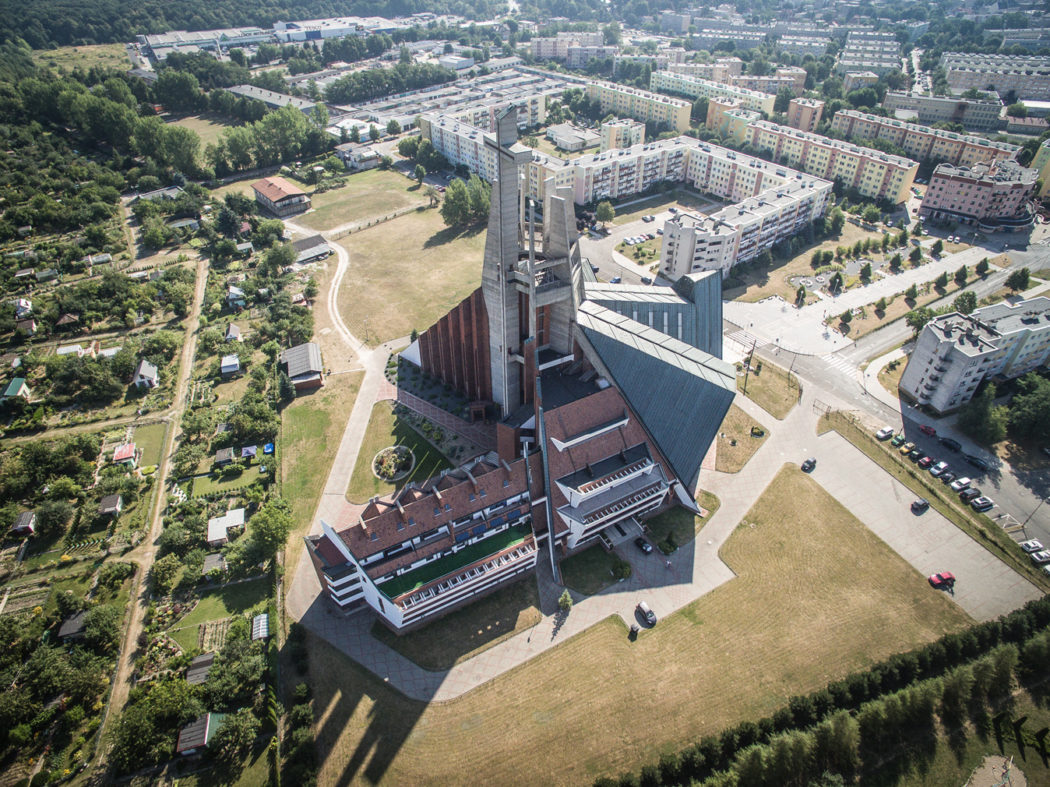
Photography: Igor Snopek
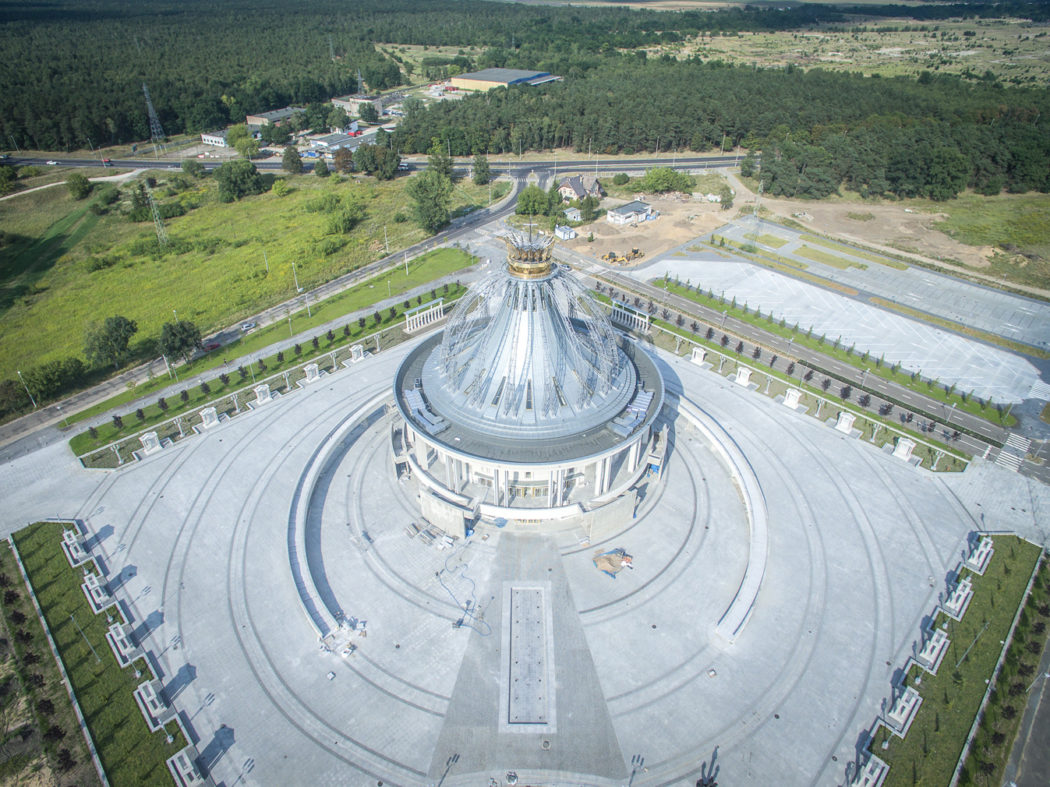
Photography: Igor Snopek
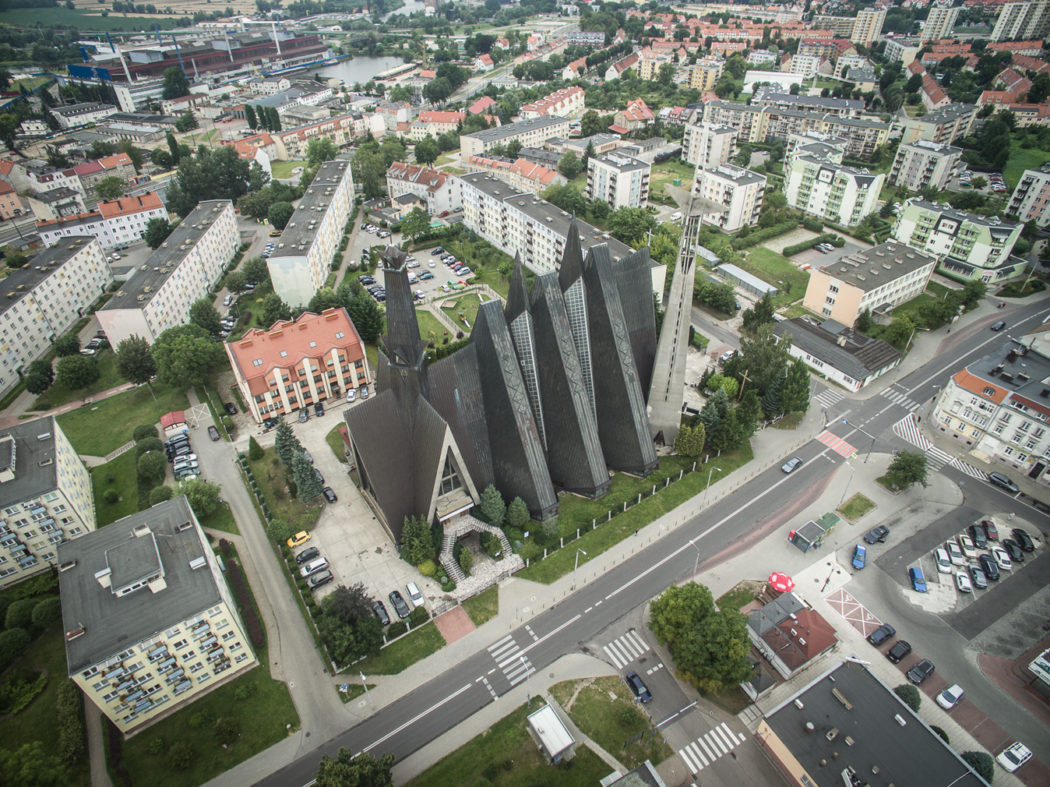
Photography: Igor Snopek
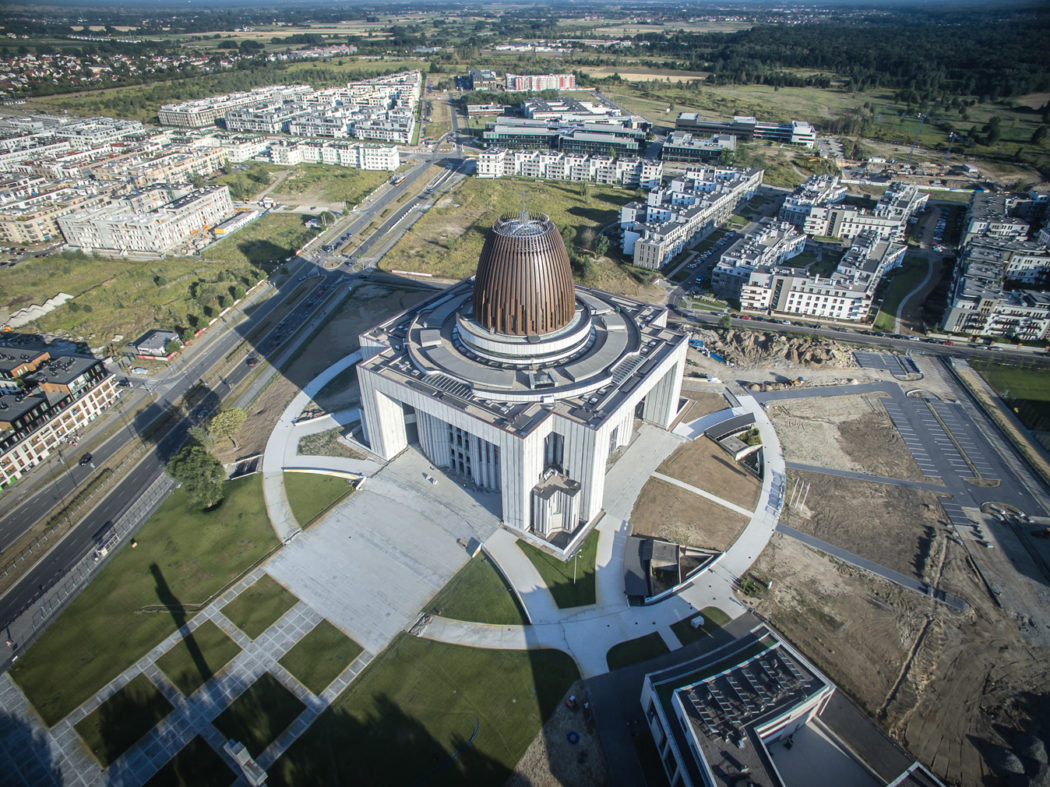
Photography: Igor Snopek
A new exhibition at London’s Calvert 22 Foundation reveals the hidden story of Poland’s extraordinary post-war churches.
Some 3,587 churches have been built across the country since 1945, mostly by local community groups without official sanction.
Architects employed by state-run construction firms by day approached the design of these buildings as off-book passion projects, resulting in exuberant and ambitious structures that exist in dramatic contrast to the rural communities and regimented urban zones they occupy.
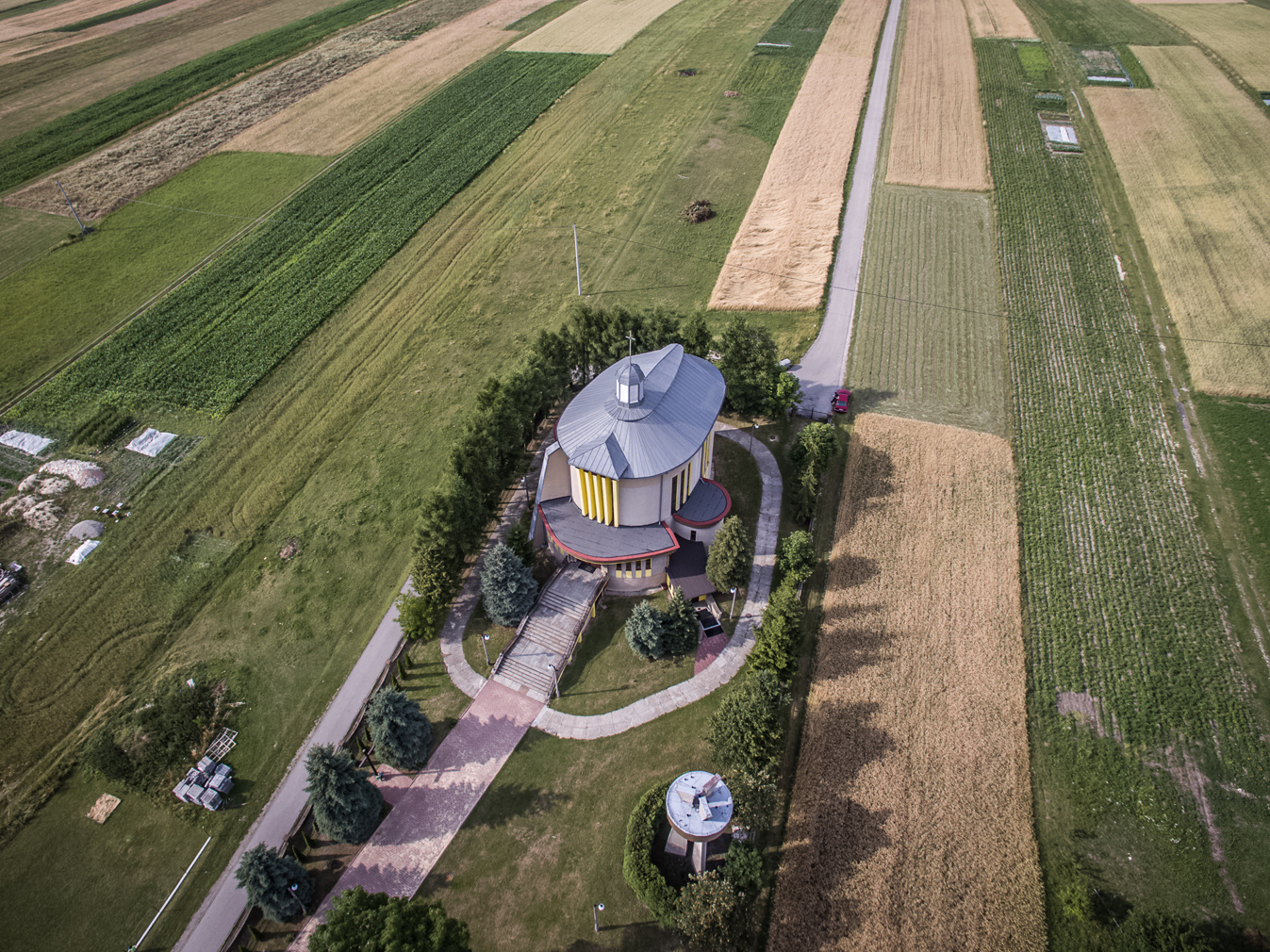
The catalyst for the Architecture of the VIIth Day project – shown within Calvert 22’s Power of Architecture exhibition – came when architect Kuba Snopek drove through Poland with Russian colleagues. They were astonished by the Catholic churches they passed en route, asking Snopek to stop the car again and again so that they could take photographs.
For Snopek and co-curators Izabela Cichonska and Karolina Popera, the churches they had grown up around and barely noticed were suddenly revealed as an architectural curiosity – one that had been ‘completely omitted’ from the official curriculum, says Cichonska.
‘Poland is ashamed of this sort of architecture because it’s not brilliant, but there’s this cool story in its roots, and the DNA of how it happened is fascinating,’ she explains.
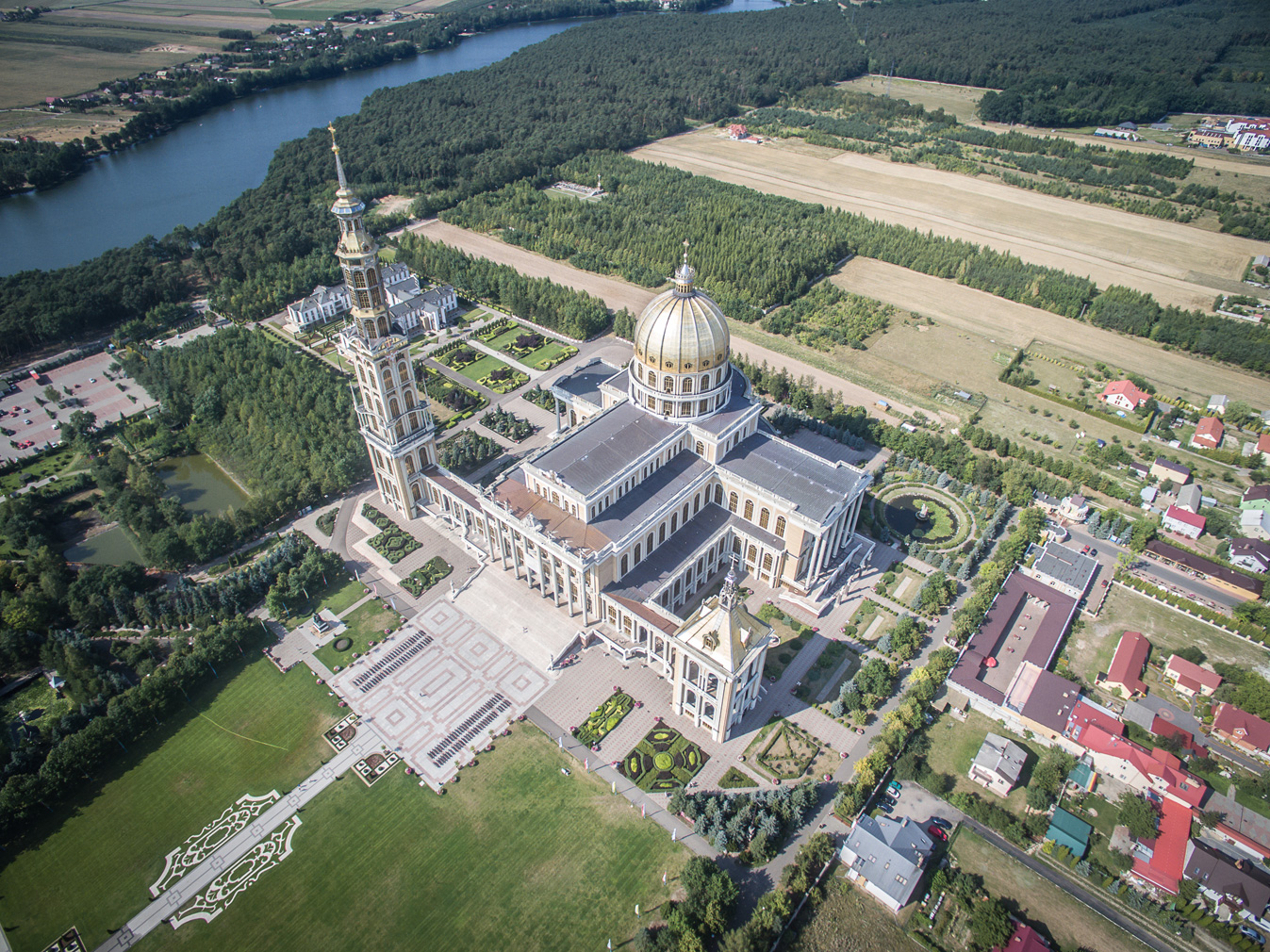
Gathering even the most basic information on them was a formidable undertaking. They approached the Polish Catholic institute of statistics for data on churches – but while parishes were listed, dates of construction were not. So, teams of researches from all over Poland set off to identify the modern structures from the 10,000 listed by the institute.
Where they could, they unearthed their dates and architects, a data-gathering exercise that took two years.
‘There were some Polish starchitects doing these projects, people whose names are known in Poland, but there are also people we discovered through this project like Aleksander Holas, who designed over 50 churches, but we hadn’t heard of him before,’ says Popera. ‘I study architecture and I can’t even find a book about this man.’
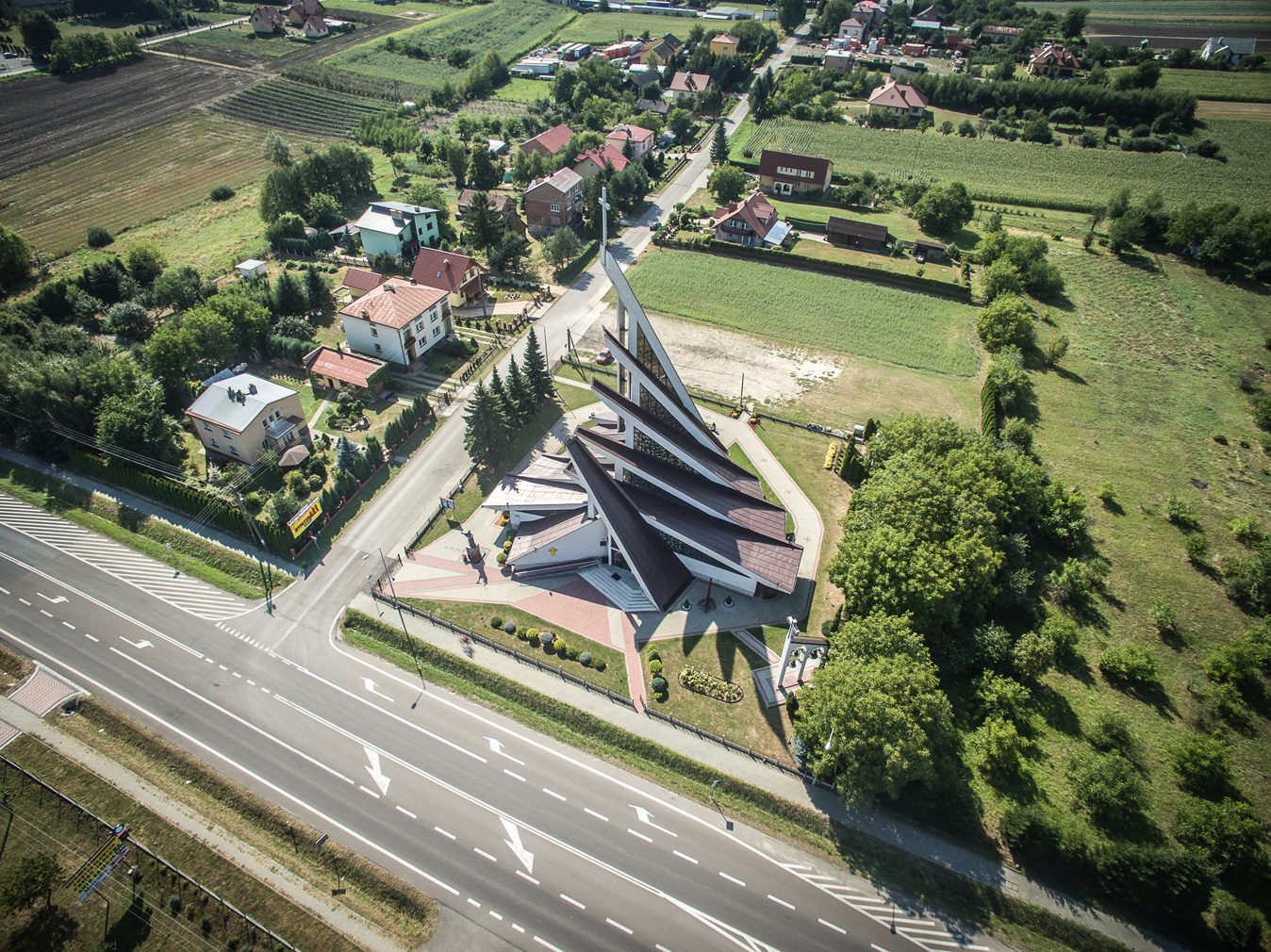
Last year the team commissioned drone photographs of 120 churches selected ‘either because they are weird or beautiful or enormous or they are not fitting into their context.’
‘We were also thinking what the value of these churches is and how we could preserve them in the future,’ explains Cichonska. The curators moved from their aesthetic appraisal of the churches into a story-gathering exercise that has revealed incredible tales of crowd-sourced expertise and inventively salvaged materials.
One church was built from stones that a community of pensioners brought back from their holidays; another from slabs of brickwork cut from a disused building and carried to the new construction site by hundreds of parishioner on their bicycles.
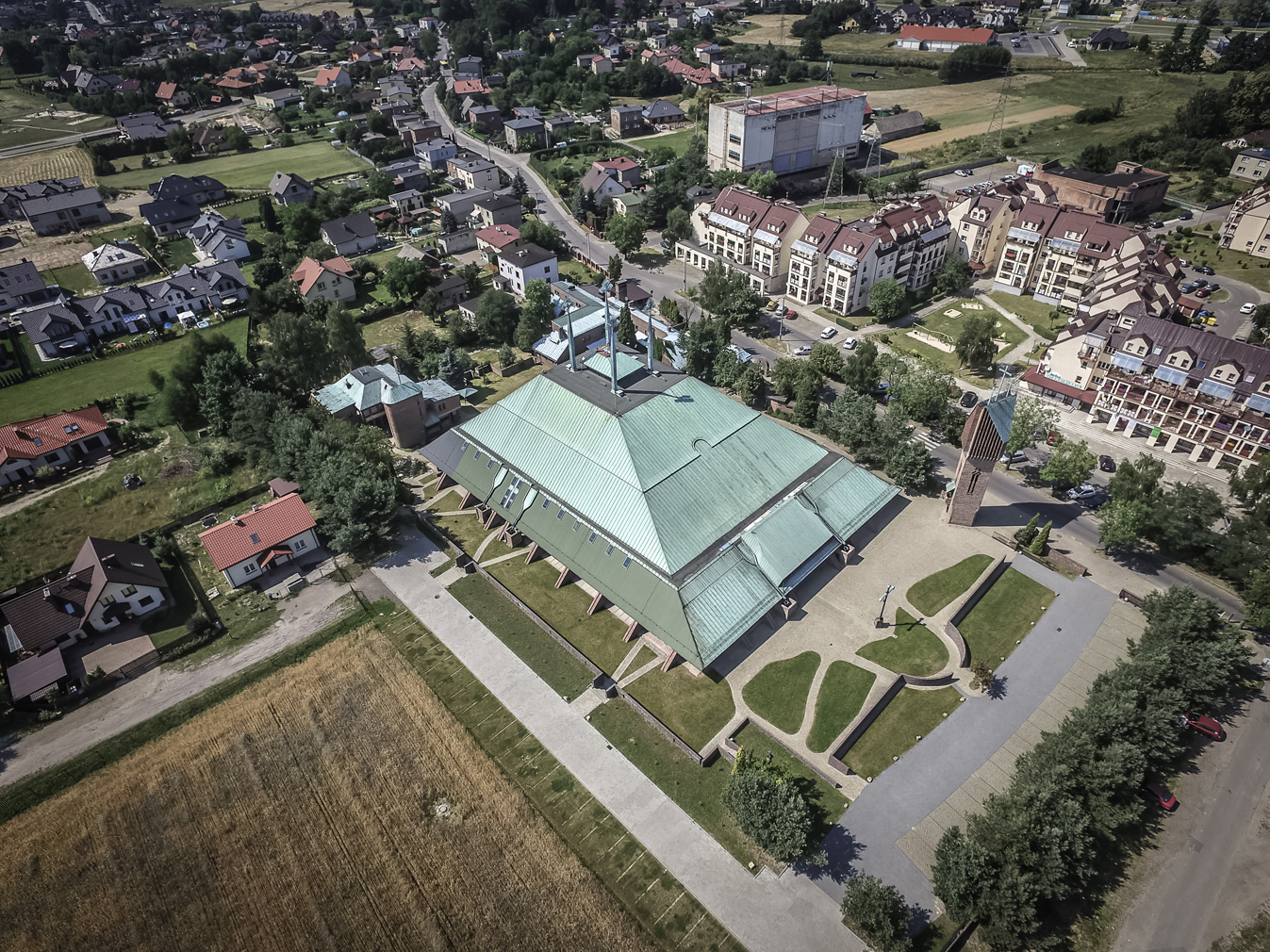
The strength of this community feeling did not derive from religious enthusiasm alone. ‘People were not just expecting to build a place to pray, it was also working like a culture centre,’ explains Cichonska. ‘Many intellectuals were involved and the church was a sort of asylum: during 44 years of communism in Poland, you could say something against politics there. It was a safe place.’
Going forward the Architecture of the VIIth Day project will now draw on its findings to inform architectural projects of the future. It will look in particular at the logistics of managing a large site over a vast timespan (many of the churches took some two decades to complete) and collective fundraising. ‘This is the biggest laboratory of crowdfunding that we have in Poland,’ explains Popera. ‘We want to learn from it.’
‘Architecture of the VIIth Day’ is shown in the first of four exhibitions during the ‘Power & Architecture’ season at Calvert 22 Foundation running until 9 October. Part one runs 12 June – 3 July
Read next: a Kickstarter mission to photograph the USSR’s architecture of leisure









